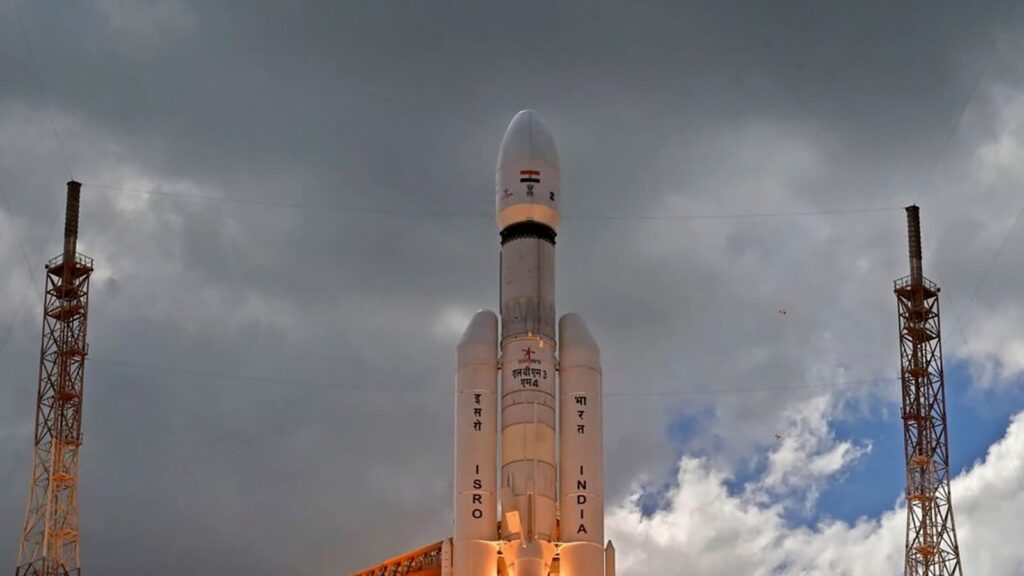In a blaze of golden light and white smoke clouds, India’s third mooncraft blasted off from Sriharikota on Friday, attempting to etch a successful third chapter in a journey that first began in 2003. That year, then prime minister Atal Bihari Vajpayee announced from the ramparts of the Red Fort that India had decided to go to the moon in an indigenously developed craft, attempting to become only the fifth entity – after the United States, the erstwhile Soviet Union, China, Japan and the European Space Agency – to successfully reach the lunar surface. The first phase began with the Chandrayaan 1 launch in October 2008. On board the craft were payloads designed to explore the terrain, topography and atmosphere of the moon. The mission was successful, prompting scientists to set a far more complex and daring objective for the next iteration in 2019: successfully landing a craft on the moon. Chandrayaan 2 performed its other objectives – deploy an orbiter successfully, and study the lunar atmosphere and surface – creditably but its closing moments ended in heartbreak, when the lander veered off course in the final stretch of the descent due to a software glitch and crashed on the lunar surface.
Undaunted, Indian scientists have again taken up the mantle. Indian Space Research Organisation chief S Somanath said the agency gleaned three major missteps in the previous mission – the engines developing higher thrust than what was intended; the craft making turns too fast; and trying to reach a landing spot that was too far by increasing its velocity. This time around, the target landing spot was expanded from a 500m x 500m patch to a 4km x 2.5km area, the fuel capacity was bolstered, and a propulsion module was added.
Though the eyes of the nation will be trained on its rover Pragyan and lander Vikram as it nears the lunar surface on August 23, the scientific equipment on the craft – three payloads on Vikram and two on Pragyan – is no less impressive. One will measure moonquakes, another the plasma distribution, and a third the temperature distribution in the first 10 cm beneath the lunar surface. Two experiments on the rover will determine the elemental and chemical composition of the lunar surface. The data that will be generated will not only significantly bolster understanding of the earth’s closest neighbour but also create a new scientific benchmark for India, which hopes to become the first country to land in high-altitude regions of the moon. It will also mark a personal triumph for India’s scientists, now renowned around the world for their frugal engineering.
Interplanetary missions mark epochs in a nation’s journey. The ripples they create cannot be measured simply by the immediate success of the mission itself, but also by the technological leaps engineered by researchers and the scientific fervour it seeds among a young generation. In a country often starved of larger-than-life figures in science, the potential of creating a new pantheon of heroes for boys and girls, hunched over wooden benches in cramped classrooms, watching plumes of smoke fill their television and igniting their imagination cannot be overstated. India is already looking beyond the moon with missions planned to the sun and a second one to Mars. In this journey across the vastness of the universe, the successful launch of Chandrayaan 3 is a small, but firm, step forward.
Enjoy unlimited digital access with HT Premium
Subscribe Now to continue reading


